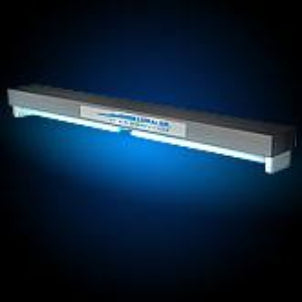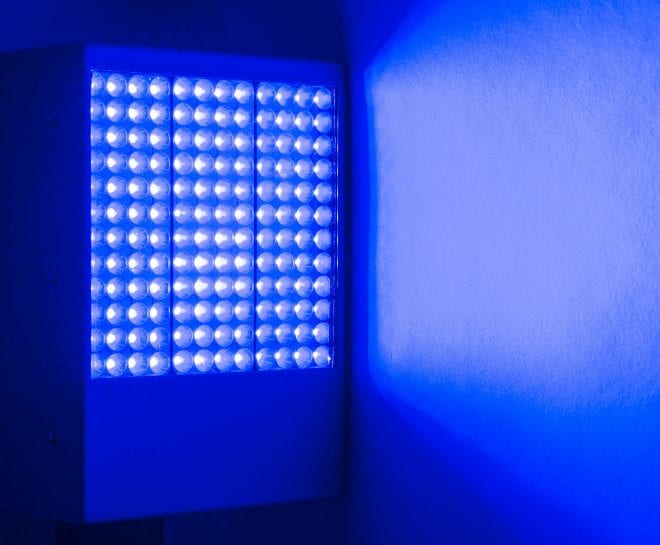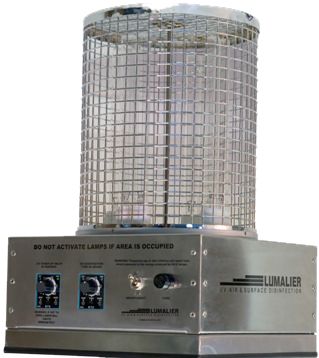Exploring UV Sanitation: An Important Tool in the Fight Versus Damaging Virus
As the globe deals with an ever-increasing hazard from unsafe microorganisms, the search for effective methods of sanitation has come to be an urgent top priority. While conventional cleaning methods have actually shown some success, there is a growing recognition that we require to discover ingenious strategies to battle these invisible opponents. One such technique that has garnered significant focus is UV sanitation. Harnessing the power of ultraviolet light, this innovation has actually shown promising outcomes in getting rid of a variety of pathogens. Just how does it work? What are the benefits? And where can it be used? In this conversation, we will certainly dive right into the world of UV sanitation, uncovering its possible as an important device in the fight versus dangerous microorganisms.
Exactly How Does UV Disinfection Work?
UV disinfection works by using ultraviolet (UV) light to remove dangerous pathogens and prevent their spread. This extremely reliable method entails making use of UV radiation to disrupt the DNA and RNA of bacteria, making them unable to reproduce and creating their supreme destruction.
When UV light is made use of for sanitation, it is normally discharged from a lamp or light bulb that produces a details wavelength of UV-C light. uv surface disinfection. This wavelength, varying from 200 to 280 nanometers, is particularly efficient at passing through the outer cell wall surface of microorganisms, infections, and various other microorganisms. As soon as inside the cell, the UV radiation targets and harms the genetic material, stopping the bacterium from creating and replicating infection
UV sanitation systems are designed to discharge the appropriate intensity and period of UV light to guarantee effective microorganism removal. The dose of UV light required for sanitation depends upon factors such as the type of microbe, its resistance to UV radiation, and the certain application. Furthermore, the system must be thoroughly crafted to guarantee correct direct exposure of the target pathogens and to stay clear of any type of potential harm to humans or the environment.
The Advantages of UV Sanitation
UV disinfection offers a plethora of advantages in efficiently getting rid of harmful virus and decreasing the threat of infection. Unlike conventional sanitation approaches that rely on chemicals, UV disinfection uses ultraviolet light to ruin the DNA and RNA of microorganisms, rendering them unable to replicate and cause infections.
One more significant benefit of UV disinfection is its performance in killing a wide variety of microorganisms. UV light has actually been shown to properly eliminate bacteria, viruses, fungis, and protozoa, including those that are immune to conventional disinfectants. This broad-spectrum efficiency makes UV sanitation a versatile tool in various setups, such as healthcare facilities, water therapy plants, and food processing markets.
In addition to its efficiency, UV disinfection also offers fast disinfection cycles. Unlike other approaches that call for extended contact times or recurring applications, UV sanitation can accomplish considerable microorganism reduction immediately. This efficient and quick process enables improved efficiency, lowered downtime, and raised overall operational effectiveness.
Additionally, UV sanitation is a non-contact technique, which implies that it does not call for direct physical contact with the surface areas or items being disinfected. This function makes it suitable for usage on delicate devices and sensitive materials that may be harmed or impacted by other sanitation techniques.
Applications of UV Disinfection in Healthcare

UV sanitation is also made use of in the sterilization of clinical tools and tools. In addition, UV sanitation is made use of in water therapy systems within medical care centers.
Furthermore, UV disinfection technology is utilized in the disinfection of health care attires and individual safety tools (PPE) By utilizing UV light, health care specialists can guarantee that their uniforms and PPE are cost-free from pathogens, avoiding the transmission of infections in between patients and health care employees.
UV Disinfection in Public Spaces
Public rooms are significantly implementing UV sanitation technology as an essential measure to combat the spread of hazardous pathogens. With the continuous worldwide pandemic and the continuous risk of contagious diseases, the need for reliable disinfection methods in public locations has become paramount. UV disinfection supplies a efficient and reliable solution in this respect.

UV sanitation wikipedia reference systems make use of ultraviolet light to shut off the DNA and RNA of microorganisms, viruses, and various other microorganisms. The usage of UV sanitation innovation in public areas not just assists in lowering the risk of infection yet also imparts confidence amongst the public regarding their security.
As public spaces remain to adjust to the difficulties posed by contagious diseases, UV sanitation innovation plays an important function in making sure a clean and secure environment. By executing such actions, public rooms can properly reduce the spread of harmful pathogens and add to the total well-being of the community.
The Future of UV Disinfection Modern Technology
As the need for improved sanitation approaches remains to expand in action to the recurring global pandemic and the consistent risk of infectious conditions, the future of UV disinfection technology holds encouraging improvements in guaranteeing a lot more effective and efficient microorganism elimination in numerous settings.

One location of improvement is the advancement of more mobile and portable UV disinfection tools. Additionally, developments in automation and robotics are being explored to enhance the performance and efficiency of UV disinfection processes.
One more location of exploration is the use of UV sanitation in air filtration systems. By integrating UV-C lights into HVAC systems, airborne microorganisms can be effectively counteracted, decreasing the threat of transmission in interior atmospheres.
Additionally, researchers are examining the use of UV disinfection in food processing centers to ensure the safety and security and top quality of food items. UV-C light has actually been located to be efficient in getting rid of foodborne pathogens, providing a chemical-free choice to traditional see this sanitation techniques.
Final Thought
In verdict, UV disinfection is a necessary tool in the fight versus hazardous virus. With its ability to offer a chemical-free and environmentally friendly technique of disinfection, UV innovation holds terrific potential for the future.
UV disinfection systems are developed to emit the ideal strength and duration of UV light to make certain efficient pathogen elimination. The dose of UV light required for disinfection depends on elements such as the kind of bacterium, its resistance to UV radiation, and the certain application. Unlike standard disinfection approaches that rely on chemicals, UV disinfection makes use of ultraviolet light to damage the DNA and RNA of microbes, providing them unable to reproduce and cause infections.In enhancement to its efficiency, UV disinfection likewise provides quick disinfection cycles. One of the primary applications of UV disinfection in medical care is in the disinfection of client areas and operating cinemas.